Who Are Aghoris? The Mysterious Clan Of Sadhus, The Truth Behind Their Taboo Practices
The Aghoris are a Shaivite sect known for their extreme ascetic practices and unconventional rituals, aiming to transcend societal norms and dualities to achieve spiritual enlightenment. Despite their fearsome reputation and controversial practices, their goal is to embrace all aspects of existence to gain a deeper understanding of the divine. (PC: Freepik)
)
The Aghoris are a sect within the Shaivite tradition, worshiping Lord Shiva in his fierce form as Bhairava. Their origins are linked to Kinaram, a 17th-century ascetic who is revered as a divine incarnation by his followers. Kinaram's teachings and practices laid the foundation for the Aghori way of life, which is deeply rooted in the worship of Shiva and the pursuit of spiritual transcendence.
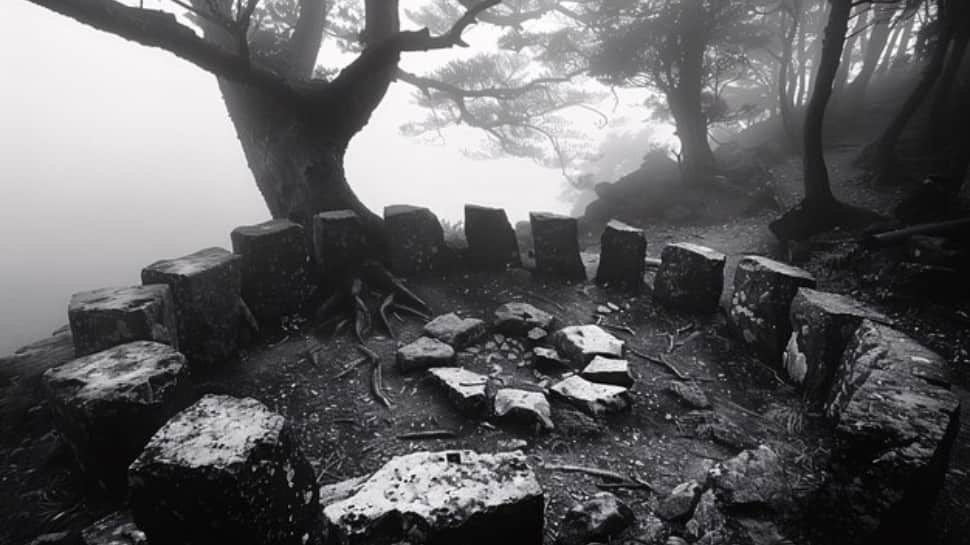
The Aghoris are known for their unconventional and extreme practices, which include meditating on cremation grounds, consuming alcohol, and using human skulls as bowls for eating or drinking. These practices are meant to break down societal taboos and challenge conventional notions of purity and impurity, helping the practitioners transcend ordinary perceptions and achieve spiritual insight.
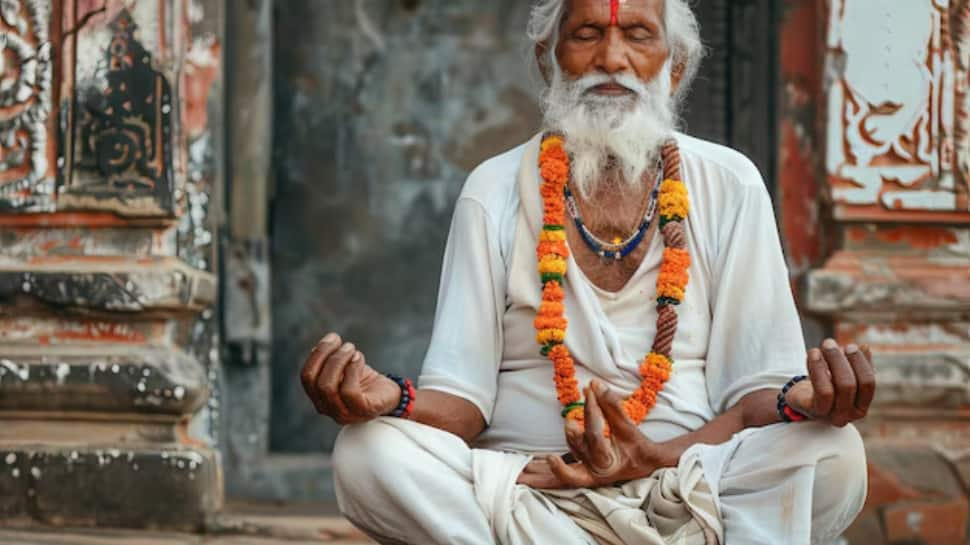
Aghoris often cover themselves in ash from cremation grounds, which symbolizes the transient nature of life and the concept of death and rebirth. This ash is not just a physical covering but a representation of their rejection of worldly attachments and their acceptance of death as a part of the spiritual journey. They typically lead a nomadic and ascetic lifestyle, abandoning material possessions and societal norms.

Aghoris aim to transcend all dualities, such as life and death, purity and impurity, through their spiritual practices. They believe that by embracing and integrating all aspects of existence, including those considered impure or taboo, they can achieve a higher state of spiritual enlightenment and liberation (moksha). Their philosophy is that the divine permeates all aspects of life, and understanding this unity requires embracing both the sacred and the profane.

Central to Aghori practice is the use of Tantra, which involves esoteric rituals and techniques believed to harness supernatural powers. These rituals are intended to channel divine energy and gain spiritual and mystical insights. The secrecy surrounding these practices adds to the mysterious reputation of the Aghoris, as outsiders often have limited understanding of the depth and nature of their rituals.
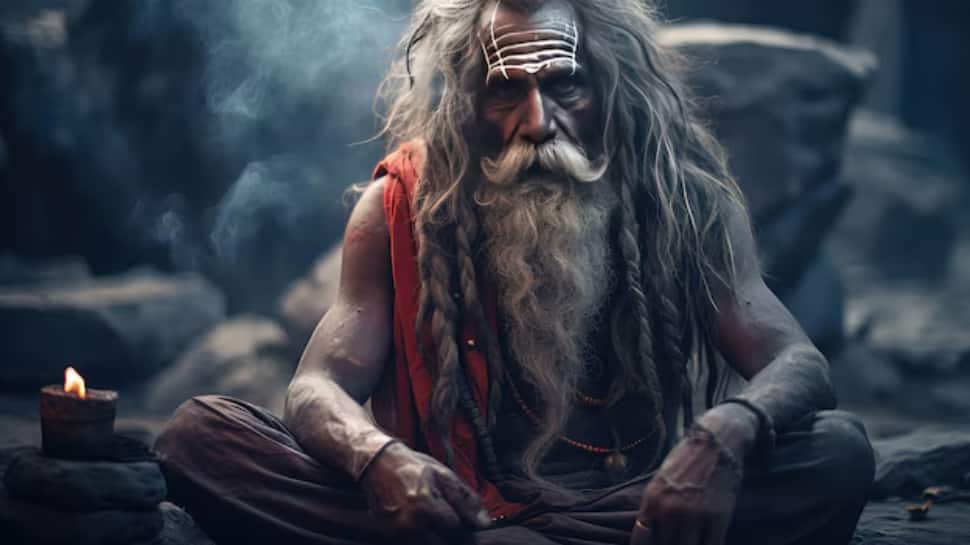
The Aghoris are often misunderstood and portrayed negatively due to their unusual practices. While some myths depict them as malevolent or cannibalistic, their actions are symbolic and intended to challenge conventional notions of impurity. Their practices are deeply rooted in their spiritual beliefs and aim to transcend societal norms rather than cause harm.
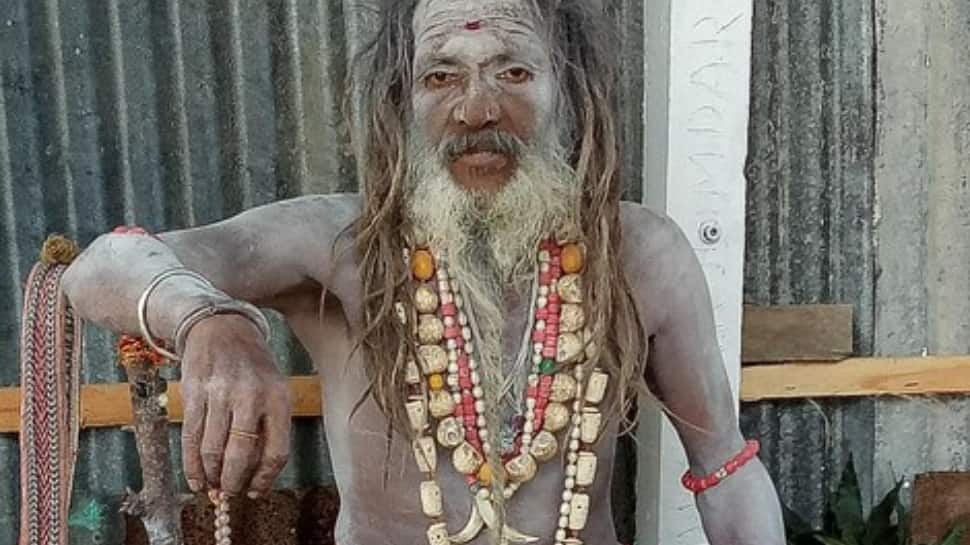
Despite their fearsome reputation, Aghoris are known for their profound spiritual insights and compassion. They believe that by confronting and embracing all aspects of existence, including those considered taboo, they gain a deeper understanding of the divine. Their goal is to help others achieve spiritual enlightenment and liberation through their unique approach to spirituality.
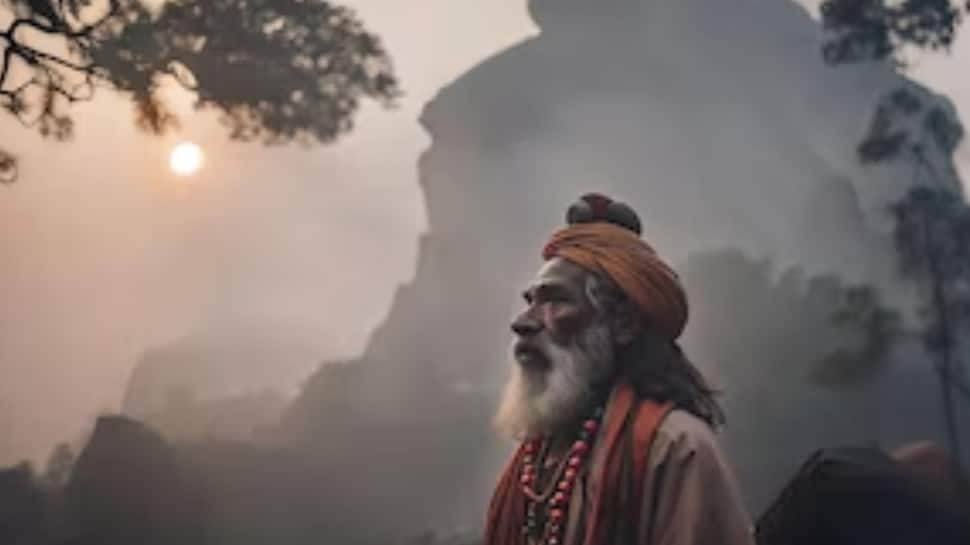
In contemporary society, the Aghoris remain enigmatic and often controversial. Their unconventional practices and philosophical approach challenge mainstream ideas of spirituality, morality, and purity. While some view them with awe or fear, others see them as a reminder of the diverse and often unconventional paths to spiritual understanding that exist within Indian culture.
Trending Photos








